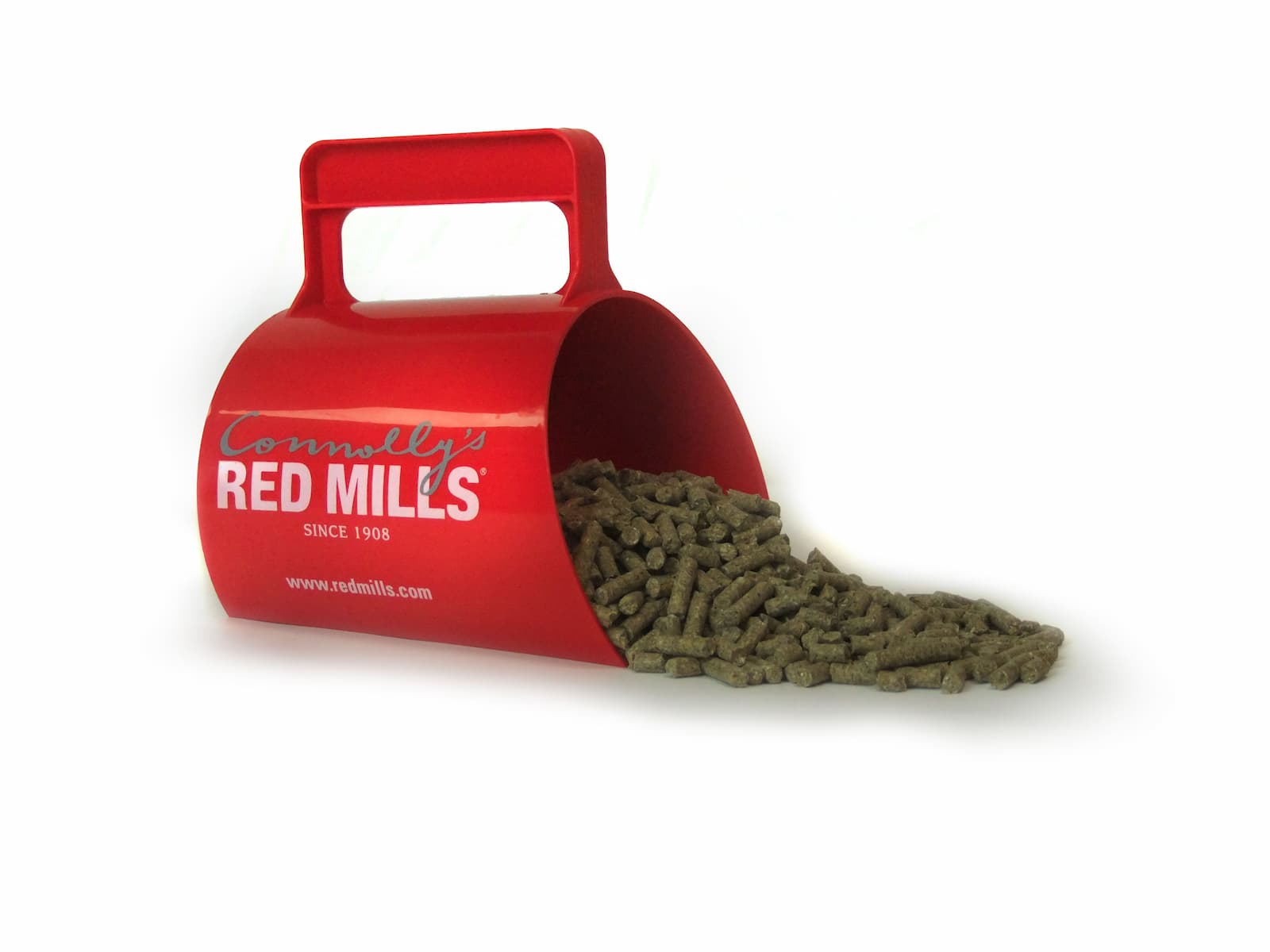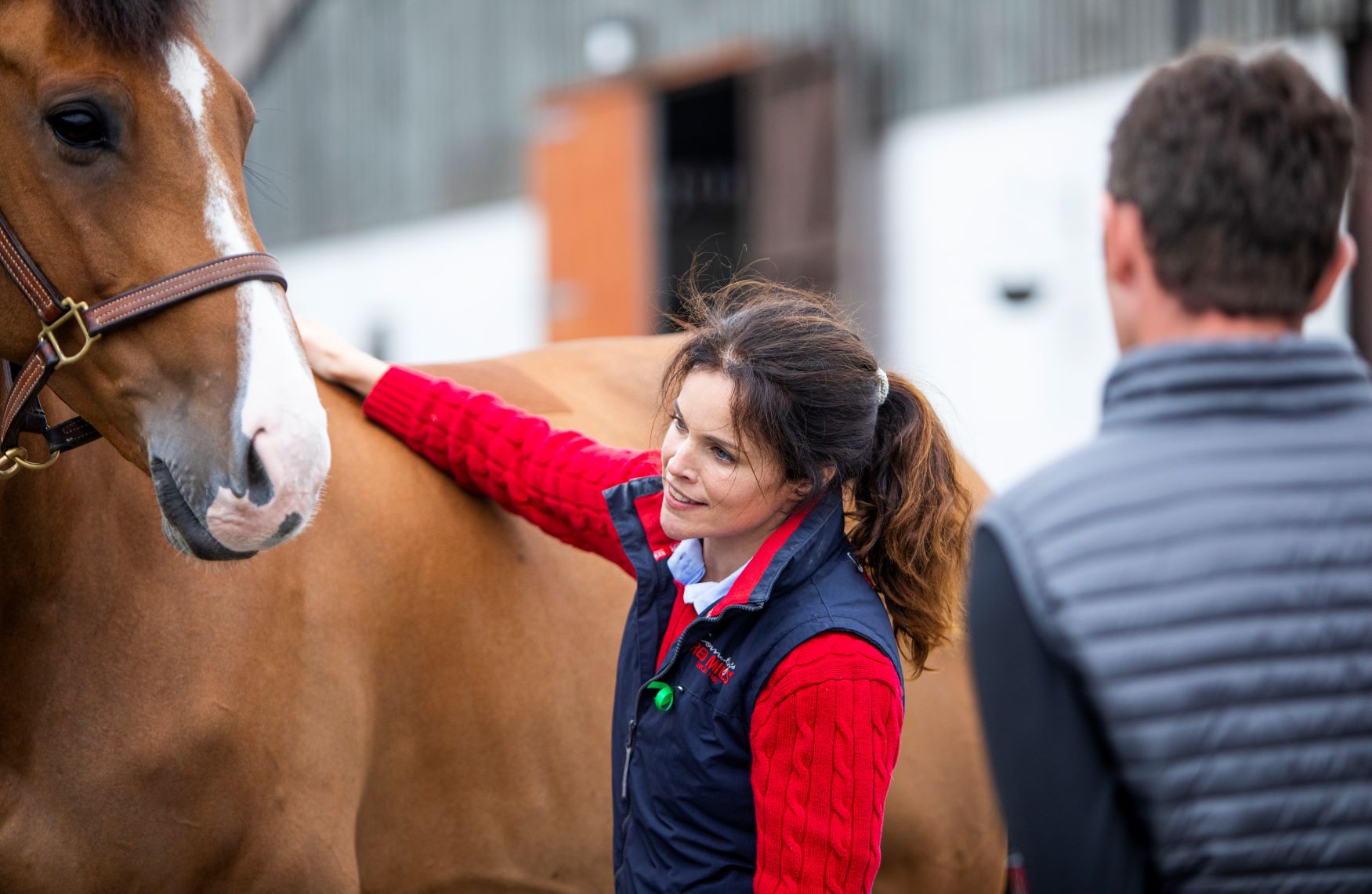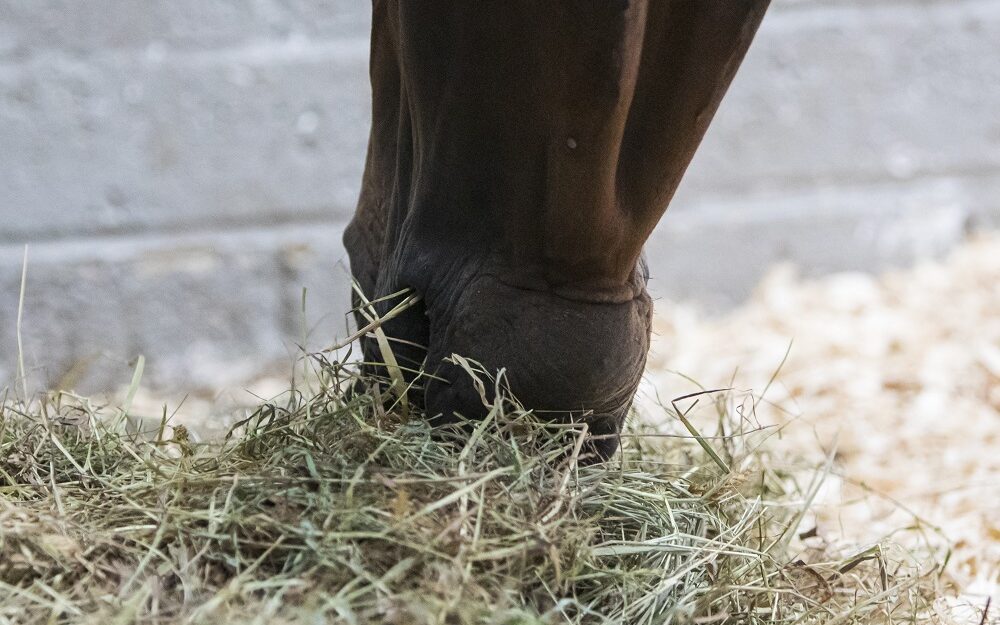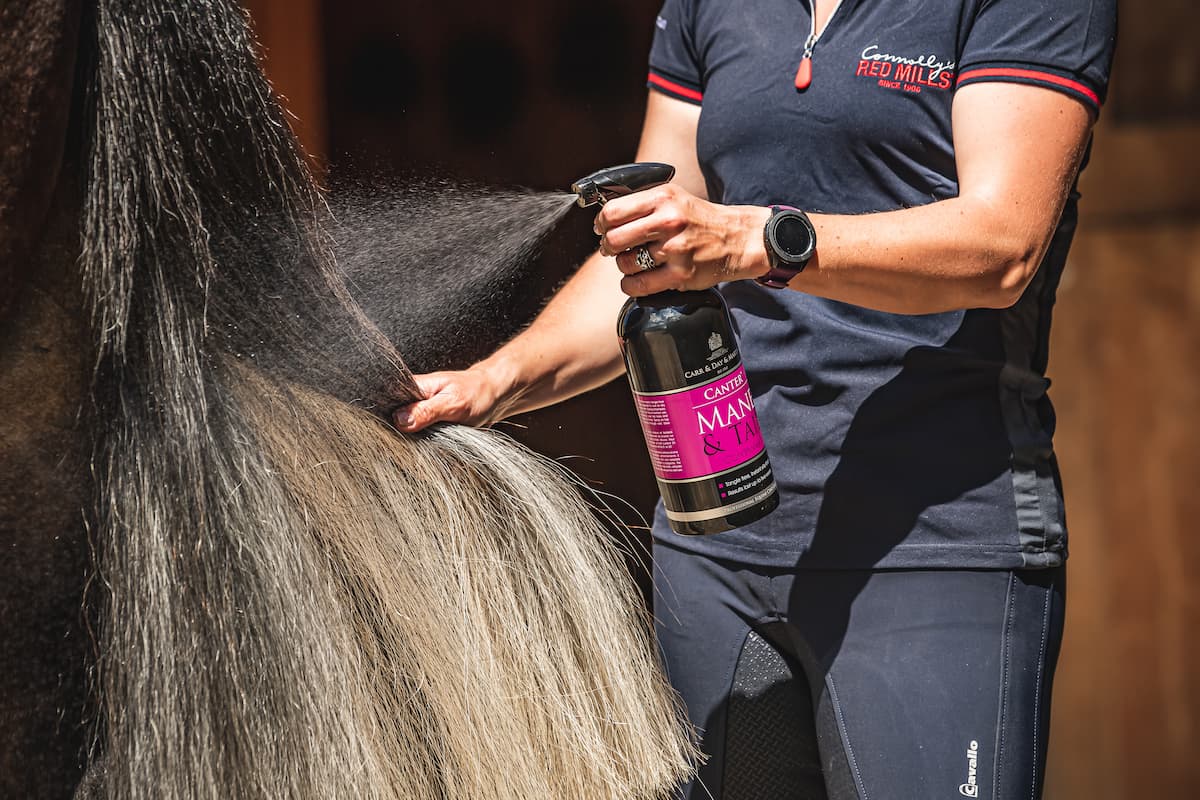Mar, 2021
The horse is a hindgut fermenter; meaning the fermentation of fibre occurs in the large intestine or hindgut and this provides the horse with an important source of nutrients. The nutrient content of forage varies greatly depending on maturity of the grasses, grass species, fertilization/ management, environmental conditions and underlying geology of the soil. In order to determine the nutrient content in forage it is best to take samples and get them analysed by a forage testing laboratory. However, the following explains some of the nutrients that forage contains.
- Water: Grass contains large amounts of water whereas hay, which has been dried to prevent mould growth while in storage, contains much smaller amounts. One thing worth remembering is that haylage, contains a higher moisture content compared to hay. This effectively means that you need to feed more of it to ensure sufficient fibre in the horses’ diet. As a rule of thumb, we suggest feeding haylage at a rate of 1¼ times more than hay.
- Energy: The large intestine is home to millions of microbes, including bacteria, fungi and protozoa. This microflora is responsible for fermenting the fibrous structures in forage, which cannot be digested by enzymes of the small intestine. The gradual fermentation of fibre results in the production of volatile fatty acids volatile, which the horse can then use as a source of ‘slow-release’ energy. Forage can provide horses that maintain weight well or are only in light work will receive sufficient energy (calories). However, for others forage alone will not be enough and they will require extra feed in order to maintain a healthy weight.
- Fibre: Fibre provides an important source of energy, but it also has several other functions in the horse’s digestive system. When there is a plentiful supply of fibre to ferment beneficial microbes in the hindgut synthesis B-vitamins. This group of water-soluble vitamins play important roles in cell metabolism, processing protein, carbohydrates and fats as well as nerve transmission, energy metabolism and red blood cell production. Another important point is that the process of fermenting fibre generates heat, so feeding plenty of forage through the winter months will help to keep the horse warm and therefore help them maintain their body condition. In addition, fibre binds to water and electrolytes in the hindgut, acts a fluid reservoir and helping to maintain hydration.
- Protein: Forage can also be a good source of protein. Lush grass tends to contain the highest levels of protein, but certain dried forage for example alfalfa chaff, which is a legume, also contain high levels. The amount of protein in hay and haylage depends on the maturity of the grass when it was cut and how long it is stored for. On average haylage contains higher levels compared to hay as it tends to be cut earlier.
- Vitamins: Fresh pasture is a good source of vitamins, including vitamin A and E. However, when grass is cut and turned into hay or haylage the majority of these vitamins are lost and must therefore be provided in the ‘bucket’ feed.
- Minerals: Forage contains minerals such as calcium, zinc and copper. However, the amount can vary enormously and our research has shown that even the best forage will not provide adequate levels of several essential minerals. Forage should not be relied on to meet the horse’s micronutrient requirements.
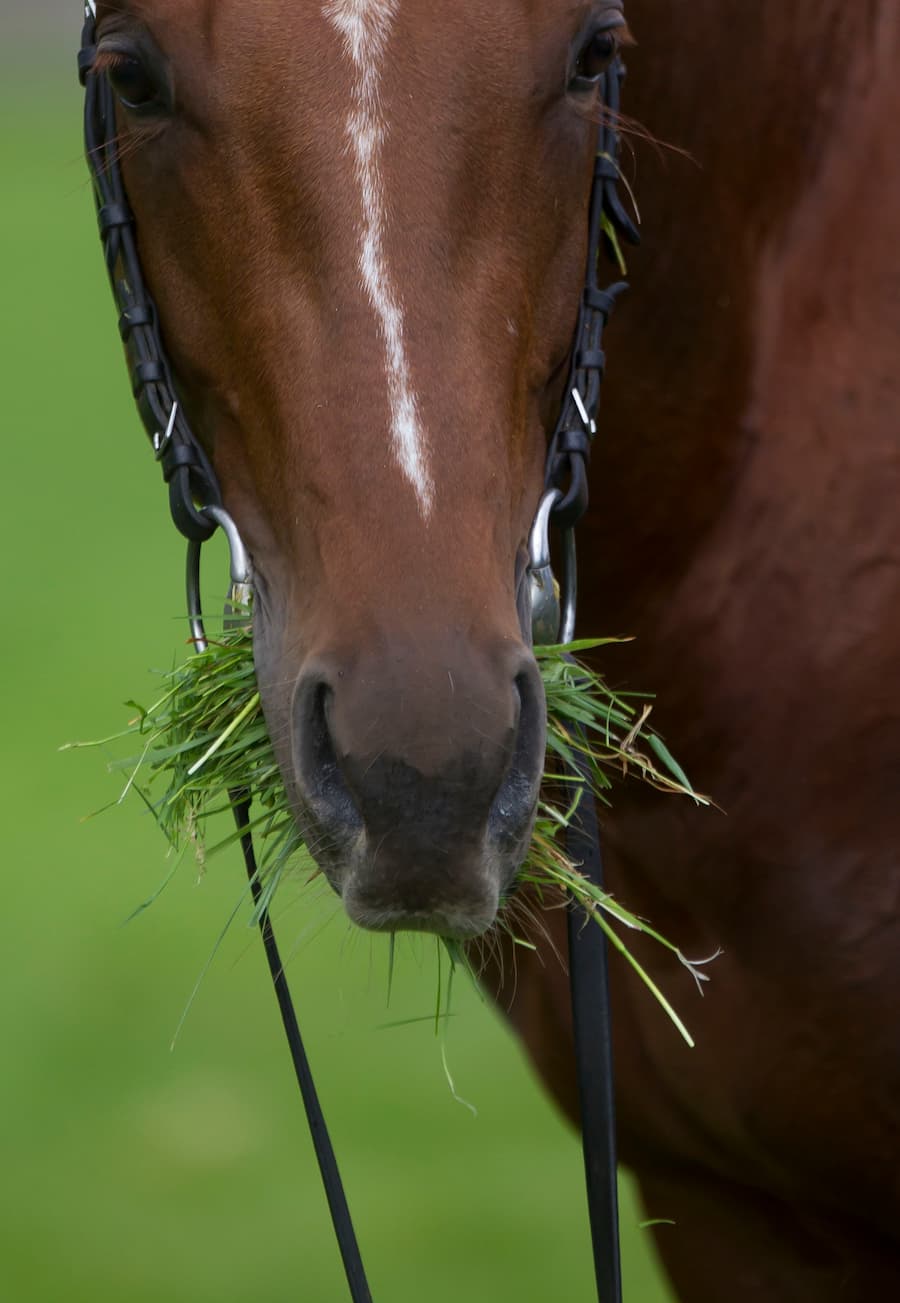
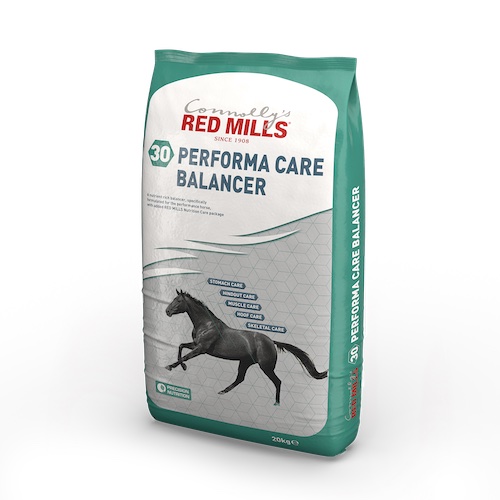
Forage is the most important part of your horse’s diet, whether it is fresh (i.e. grass) or preserved (i.e. haylage or hay) it’s essential that your horse receives adequate levels in their diet. This not only provides the horse with an important source of nutrients, but it is also essential to keep the digestive system functioning effectively and promotes psychological well-being.
Whilst forage may provide a good doer or horse in light work with sufficient protein and energy, it cannot be relied upon to provide optimal levels of micronutrients. Therefore, all horses will need a suitable hard feed or vitamin and mineral supplement. For horses that maintain weight and condition on forage alone, we recommend feeding PerformaCare Balancer or Foran Equine Chevinal. Where forage alone isn’t sufficient to meet energy and protein demands (e.g. horses in work and breeding stock) a suitable hard feed will be needed. Whether you have a racehorse, a competition pony, a good doer or a foal Connolly’s RED MILLS and Foran Equine have a wide range of feeds and supplements to suit their individual needs.
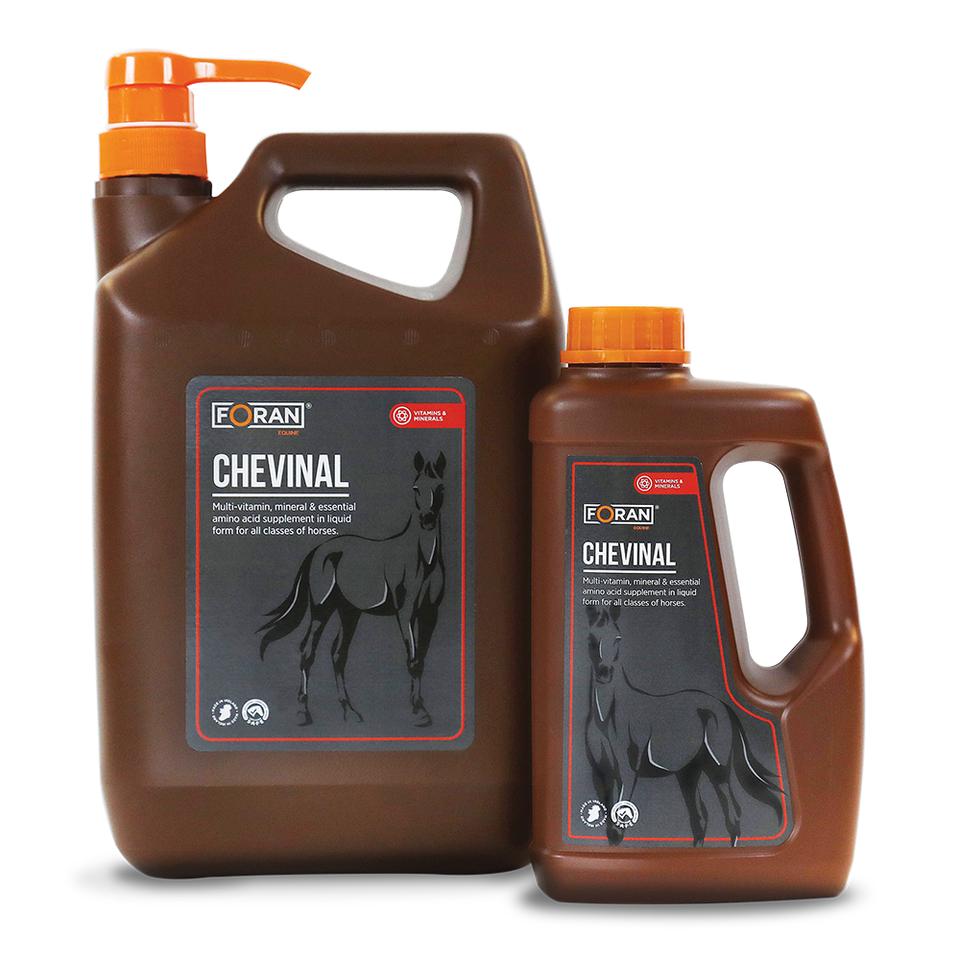
Contact our sales team via WhatsApp or email

Nicolas Gaumerais
Group Commercial Manager GCC Region
Based in the UAE, Nicolas Gaumerais is the Commercial Manager of Connolly's RED MILLS Group which includes Connolly's RED MILLS horse feeds and Foran Equine supplements sold in the GCC region. Nicholas regularly travels across the Gulf to meet customers.

Dominic Bligh
Group Commercial and Technical Executive GCC Region
Alternatively, reach out to Dominic Bligh who offers nutritional & technical support for Connolly's REDMILLS Feed and Foran Equine supplements. Dominic is also the Commercial Manager for Foran Equine Supplements. He regularly visits client's stables in the Middle East to advise on bespoke feeding programmes.

